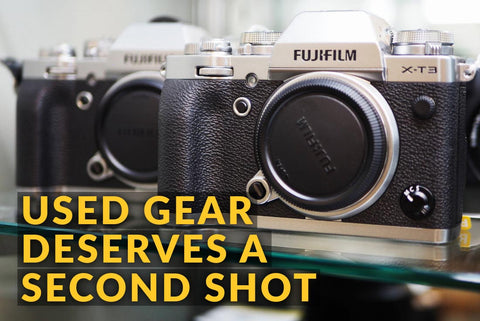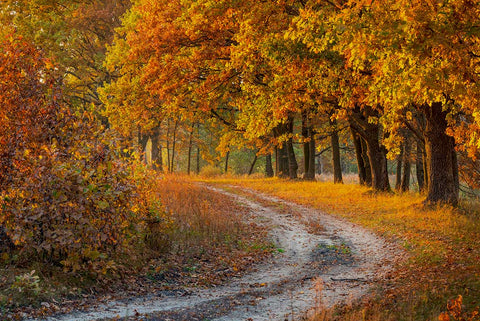By Kim Fogle
Small things make wonderful photography subject. Whether it’s a flower, bug, piece of jewelry, or your friend’s eye, small things are fun to photograph, especially when you discover the tiny details you don’t normally notice. How do you go about photographing little things? There are a couple of ways to go about Macro photography.
Auto Scene Recognition (ASR)
Point and shoot (P&S) cameras often have an Auto Scene Recognition (ASR) mode which selects a particular mode based on what the camera sees. When you point a digital compact camera with ASR at something very close, the camera will automatically switch into the Macro mode (you will see a little flower appear in the top corner–this tells you that the Macro mode is ON). At that point, all you have to do is lightly depress the shutter button to activate the auto focus. When the box on the screen turns green, your subject is in focus and you can take the picture. If the box turns red, simply move the camera back a little and try again. If you have a digital compact camera that is more than a few years old, there is a Macro mode–you simply have to press the button marked with a little flower to activate this mode.
Remember that when you are in Macro mode, you cannot zoom. Zooming in throws off the camera’s Macro focusing mode. When taking a close up photo, you are the zoom. If you want to get closer to the subject, you will have to move there yourself. Of course, use caution when taking pictures of poisonous bugs, snakes, or crocodiles!
Macro Lenses
If you are using a DSLR or mirrorless camera, macro photography is a little more complex. Many lenses have “macro” written on them, and while they have the ability to photograph small things, you have to do so at a distance. In some cases, this is fine. If you get too close to a bird or a butterfly, it will fly away. If you want to photograph a honeybee’s head, though, or the stamen of a flower, you will need a Macro lens.
Macro lenses are built specifically for close-up photography, and can focus as closely as an inch away, depending on the lens. Most manufacturers have a variety of Macro lenses, starting around 40mm. Traditional Macro lenses are 60mm, 100mm, 105mm, and occasionally 180mm. All of these lenses are prime lenses, which means they have no zoom capability. Their minimum focusing distance is different, as well, with the longer lenses needing more distance to focus (i.e. a 100mm Macro lens will need to be about a foot away from the subject to obtain an autofocus lock).

Be aware that the depth of field tends to be very small for Macro photography, so you will either need to hold very still, or put the camera on a tripod to ensure that the exact point you want to have in focus it what the camera sees, and not something else. This style of photography works on fractions of inches, so it takes very little to turn a wonderful shot into something only so-so.
Once you have developed your Macro photography skills, though, it is a lot of fun and you start looking at household objects in a new light. Speaking of which, there are some shiny purple binder clips over there just begging to be photographed. . .
Need some guidance on how to improve your macro photography? Book a one-on-one instructional session with us to get a personalized class to fit your needs!





